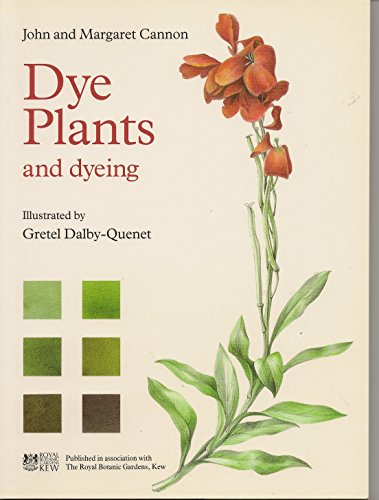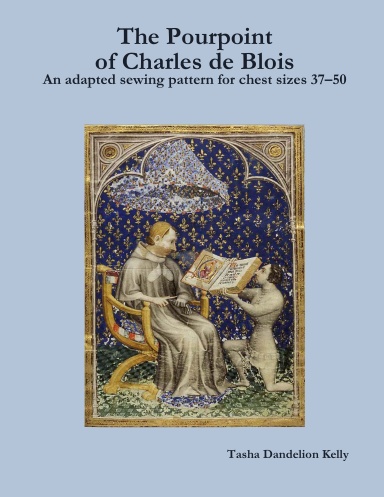The Medieval Tailor’s Assistant, 2nd Ed. – The go-to recommendation for people interested in learning how to pattern and construct basic and more advanced medieval garments. This book covers a wide range of time periods (1100 – 1480) and illustrates basics like how to pattern, different types of stitches, construction methods, etc.
Medieval Garments Reconstructed – The companion book to Woven into the Earth, Medieval Garments Reconstructed goes into great detail, up to and including specific patterns for the reconstruction of garments excavated from the Herjolfsnes finds (things like the famous ‘G63 Gown’ etc.).
Textiles and Clothing – Part of the Museum of London series Medieval Finds from Excavations in London, this book describes many of the textile and clothing related finds including details on things like weaves, stitches and colors of the artifacts.
Fashion in the Age of the Black Prince – Stella Mary Newton broke new ground with this detailed study, which discusses fourteenth-century costume in detail. She draws on surviving accounts from the Royal courts, the evidence of chronicles and poetry (often from unpublished manuscripts), and representations in painting, sculpture and manuscript illumination.
A Dyer’s Garden – A fantastic resource not only for people interested in pursuing dying, but for anyone interested in the achievable colors from plant dyes. It explains which parts of a given plant are used to produce different dyes and includes wonderful color images of the results of each dye on specific fibers and textiles with different mordants. One of the best books on this subject for re-enactors and people looking to understand achievable color on different fabrics.
Dye Plants and Dyeing – Another great resource for those interested in dye plants, the colors they yield, and the botanical properties of the plants that are used for dyeing textiles. It also provides sample colors that can be yielded from different dyes and how they differ with different mordants.
The Pourpoint of Charles de Blois – The best commercially available pattern on the doublet, or pourpoint of Charles de Blois. This can be used in its original ‘civil garment’ form or be made more robust to serve as the perfect late 14th or early 15th century arming cote. The instructions are approachable for even novice sewers and include a lot of alternative styling options.








